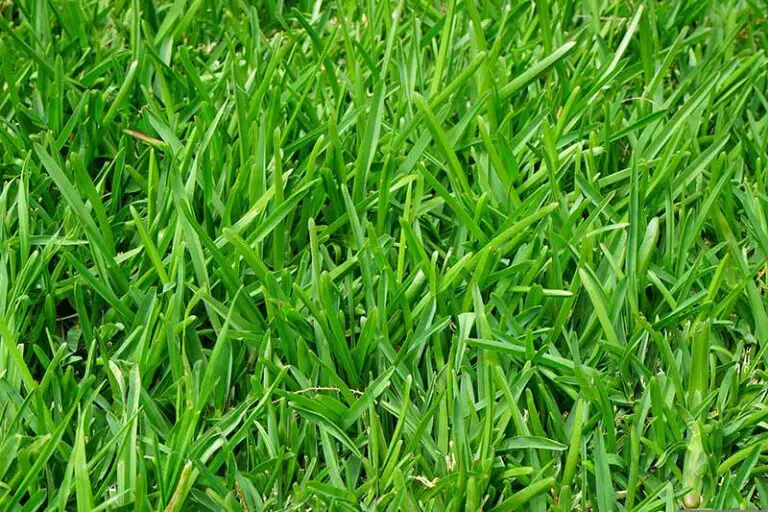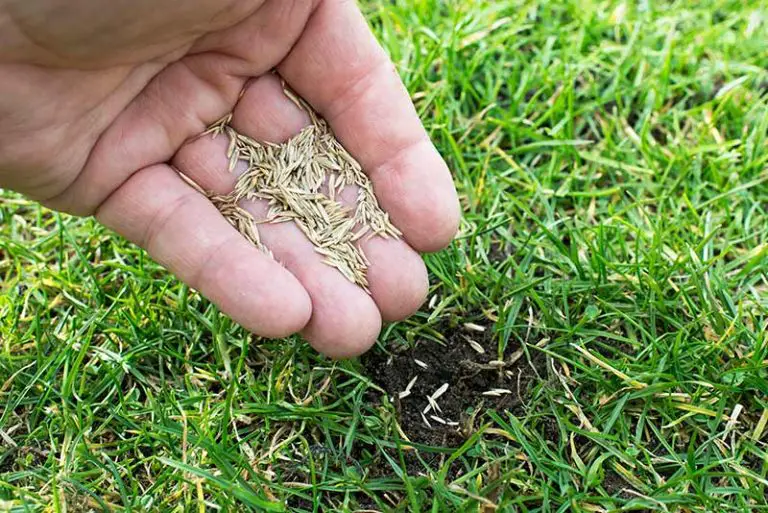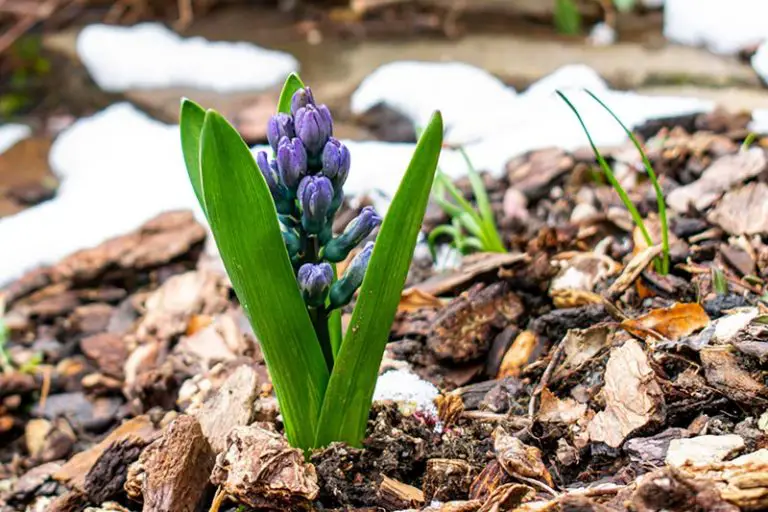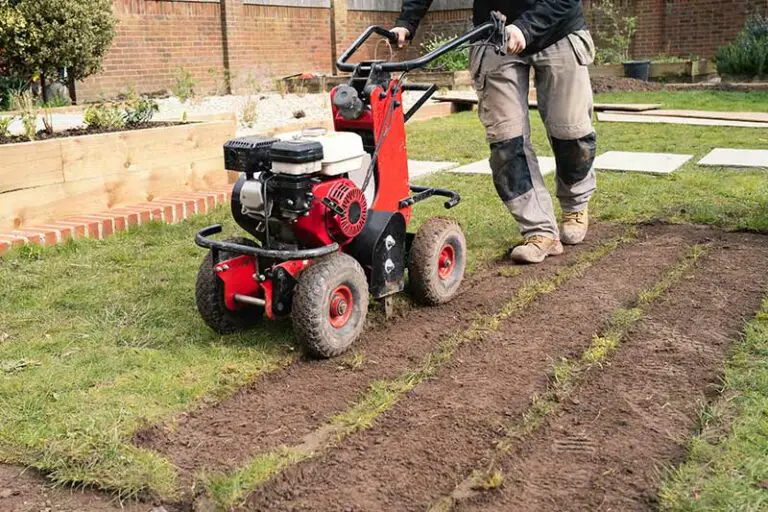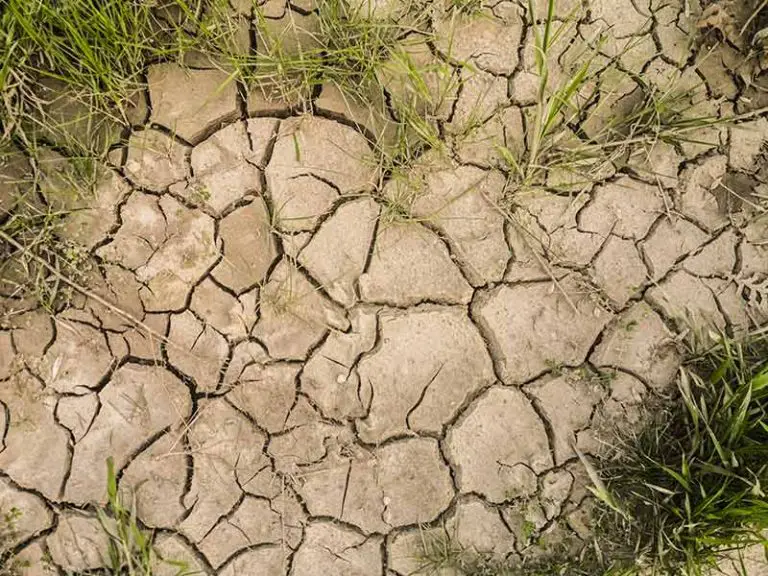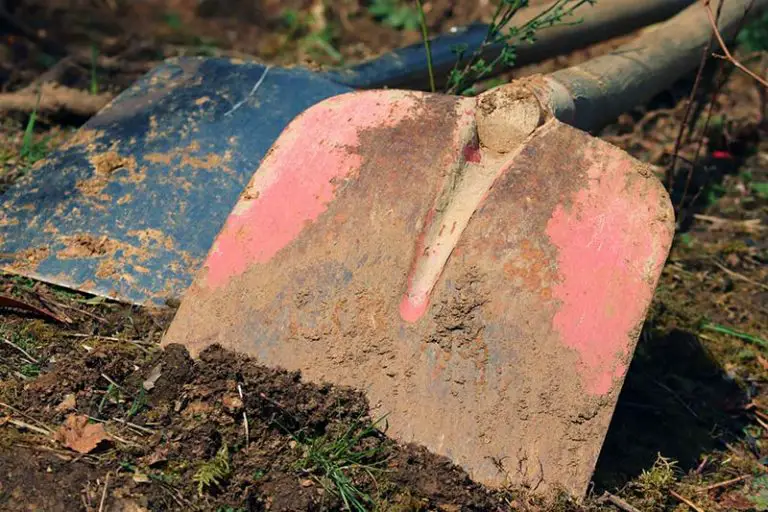When Does Grass Stop Growing?
Grass growth and dormancy is a confusing topic for most homeowners. You need to know when the grass stops growing each season so you can fertilize the lawn in the fall, mow at the right time, and prepare for winter weather.
Generally speaking, grass will stop growing between late September and early November, when the daytime air and soil temperatures drop below 50°F. With that said, the exact time of year that the grass in your lawn will stop growing ultimately depends on your specific grass type and the climate of the area that you live in.
Read on to learn more about the different factors that affect the growth of grass in order to determine when the grass in your lawn will stop growing.
This article refers to the time of year that grass stops growing. If you’re wondering what height grass grows to before it stops growing, see our article How Tall Can Grass Grow.
When Does Grass Stop Growing?
Factors such as where you live, soil and air temperature, and the type of grass effect when your lawn stops growing.
When the soil and air temperature reaches a certain point, grass growth stops. Grass simply won’t grow when the temperature is below a minimum threshold.
In general, you should expect your grass to stop growing by late September or early October. However, this isn’t true everywhere. For example, in warmer, southern climates, such as South Carolina, grass growth may continue until Thanksgiving or even early winter.
In the coldest climates, such as North Dakota, the grass may stop growing by early September.
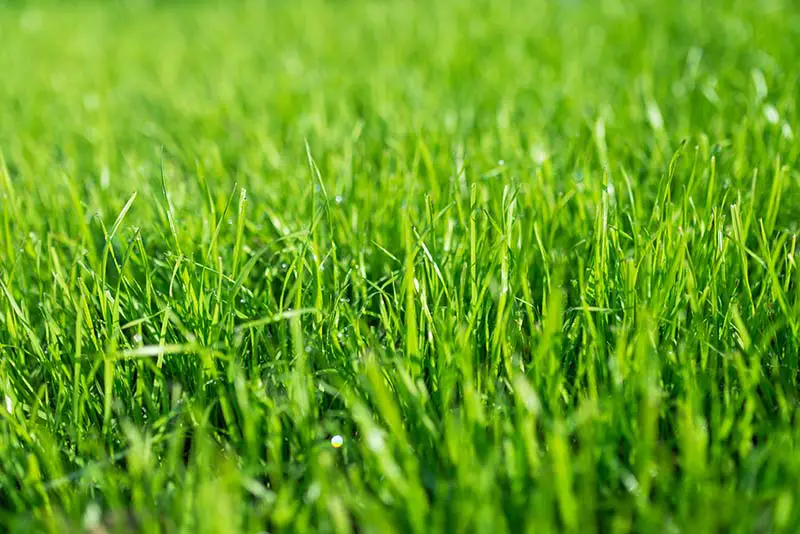
Why Does Grass Stop Growing When Temperatures Cool?
As temperatures drop, photosynthesis slows and the grass stops growing.
As long as it’s warm enough outside (above 60°F), photosynthesis can occur and grass will grow. But when the temperature drops below 50 to 60 degrees, photosynthesis can’t take place. Without photosynthesis to nourish your lawn, the grass stops growing.
As well, when the air temperature cools, your grass stops producing a vital hormone called ABA, or abscisic acid. When this happens, the roots of the grass stop producing adenosine triphosphate (ATP), which the roots use to store energy for future growth. Without ATP, grass doesn’t produce new shoots and blades, which you see as grass growing.
Why Do Warm-Season Grasses Stop Growing Earlier Than Cool-Season Grasses?
Warm-season grasses are commonly found in southern states where it’s hot year-round. These types of grasses grow all summer long and can stay green over winter. They then stop when temperatures cool too much for photosynthesis to take place.
Cool-season grasses exist in the northern states and Canada, where summer temperatures are lower and winter temperatures are cooler. Cool-season grass such as Bluegrass, Ryegrass, Fescue, and Bentgrass can sometimes grow all year long.
If you’re not sure what type of grass you have, then reach out to your local county extension office. They’ll have a list of grasses associated with your state and county, as well as their respective temperature thresholds.
Does Grass Slow its Growing Cycle When it’s Too Hot?
You might wonder if grass stops growing if temperatures become too warm. The answer is no.
If grass stops growing in the summer, it’s typically because of drought or an improper watering schedule, as opposed to temperatures simply being too hot.
When Do You Stop Mowing the Lawn?
You can stop mowing your grass when it stops actively growing. This usually happens in the early fall, but again, this depends on where you live and what type of grass you have.
As mentioned above, grass in warmer climates may continue to grow until late fall. This typically occurs in southern states. In contrast, you might see your grass stop growing well as early as mid-October in more northern states.
If you live in a coastal region where there are year-round warmer temperatures, then you’ll likely need to mow your grass all year.
Keep in mind that mowing your lawn when it’s too cold outside may injure the grass and cause yellow or brown spots to appear.
Winter Lawn Mower Maintenance
Another thing to think about is your lawnmower. If you have a gas-powered lawnmower, then keep in mind that the fuel won’t last forever. It will spoil during the winter months when temperatures drop below freezing and stay there for long periods.
If this is true in your area, then make sure you stop using the mower before winter arrives and definitely before the first frost. To remain safe, stop using the mower at least a month or two before winter.
In most regions of the country, you can safely store the mower in a garage or shed for the winter as long as temperatures stay above freezing. If this isn’t an option, then you’ll have to take measures to prevent moisture from entering your gas tank and oil.
Rust is another problem that might arise during the winter months. A metal mower, for instance, can rust if it remains damp for too long. Ideally, you should cover the lawnmower with old blankets or tarp before winter arrives to protect it from moisture and frost.
Other lawn mower maintenance issues include a dirty air filter, which may affect the engine’s ability to run smoothly. Be sure to check and clean your air filter before each use in the spring.
How to Care for Your Lawn Before Dormancy Sets In
Clear away leaves before it gets too cold. This way, they won’t fall into the grass and smother it over winter. The same goes for thatch buildup. Thatch is a layer of dead grass between the soil and living stem. It’s not dangerous to your lawn. It can cause problems, however, if it accumulates too much during the winter.
Additionally, get out your rake to take away dead patches of grass before they smother healthy sections. This way, your lawn avoids any infection caused by fungus or bacteria.
As for the weeds, you can spray them with an over-the-counter herbicide to kill them before they become a problem in the springtime. Or you can simply use a shovel to remove them. A few dandelions here and there won’t hurt your lawn. Just remember to remove them before they go to seed and become a bigger problem.
Aerate the lawn if it’s needed. Aeration is the process of removing plugs of soil to help water penetrate the lawn better. It also helps to provide improved air circulation. Generally speaking, late October or early November represent good times to aerate the lawn.
How Long Will it Take for My Lawn to Recover From the Winter?
After winter has come and gone, grass will slowly start growing again when warm weather returns to your area.
If you live in the southern states, then the grass will begin growing sometime in late February or early March. Cool-season grasses may not start growing again until mid-spring. This typically occurs around April or May.
You might want to fertilize your lawn after the first cutting of the year as the first stage of your annual fertilization schedule. Just make sure you use a slow-release fertilizer (also known as a controlled-release fertilizer). The reason for this is that quick-release fertilizers can damage your lawn if you apply them in early spring.
When Does Grass Stop Growing: FAQs
Here are some frequently asked questions that arise when discussing the fall and winter seasons.
Is Fall a Good Time to Fertilize the Lawn?
Fall is the best time to fertilize your lawn because the temperatures are neither too hot nor too cold. This makes it easier for the fertilizer to penetrate the soil and reach the grass roots.
Strengthening the roots now helps lead to stronger grass growth during the spring. Also, fall brings a morning dew that makes fertilizer more easily accessible to the grass roots. Another thing to consider is that your lawn may need a boost before winter dormancy sets in. Fall is the last chance you have to add organic matter.
Even if your lawn doesn’t visually appear to need a fertilizer boost, it’s a good idea to add one anyway in the fall. Fertilizing now ensures that grass can absorb nutrients before normal dormancy occurs.
When During the Fall Should You Fertilize?
Aim to fertilize your lawn about two to three weeks before freezing temperatures hit your area. You can use the Farmer’s Almanac to check when it will freeze where you live. A general rule of thumb is to fertilize in mid to late October.
Don’t fertilize before it rains. This helps to avoid runoff. Mow your lawn one last time before laying down the fertilizer. Aim to fertilize either in the morning or wait until the early evening time. It’s good to avoid fertilizing your lawn during warmer daytime temperatures.
What Type of Fertilizer Should I Use?
If you plan on fertilizing your lawn before winter, make sure it’s a slow-release fertilizer and that there isn’t too much nitrogen in the mix. Too much nitrogen promotes growth, and you want the grass to stop growing as it enters the cooler months.
How Short Should I Cut Grass Before Winter?
The ideal height to cut grass before winter is between 2 and 2 ½ inches high, however, this exact height will ultimately depend on the specific type of grass that you have in your lawn. See our article How Short to Cut Grass Before Winter for more specific information on the ideal grass heights by species.
Conclusion
When does grass stop growing? Now you know everything you need to know about this topic.
It isn’t difficult to prepare your lawn for the cooler temperatures. Simply follow the above tips to cut and fertilize before the ground freezes. Then, you can rest easy all winter knowing that your lawn will come back nicely in the spring.

